Note from me myself and i: Howdy! if you’re listening to this, you may want to check the videos embedded so that the commentary makes a little more sense. :)
Today, anyone can code. With a simple prompt, we can generate the code to build websites and apps, images and animations. In a year or so, we’ll be able to generate games, movies, books and boyfriends. With this democratization will come a flood of new apps in an already saturated market. Today, there are 9 million mobile apps. Imagine how many there will be when app-making is so simple your 7 year old can make one. So how will companies differentiate themselves? AI will force the reluctant left-brain brood to get creative because for consumer apps and games brand identity is the new electromagnetic force.
In tech, even the mention of brand-building gets spidey-senses tingling, giving off an air of ‘outsider’. A lot of founders believe that functionality alone suffices. ‘Build, and they will come.’ Folks will point out Craigslist’s ugly aesthetic or Chat GPT’s simplicity as evidence that brand is secondary to utility. The analytical amoung us prioritize functionality and efficiency over aesthetic appeal. And I get it. But with millions of apps being created folks will need to find a way to gain and retain users. In such a crowded market, a strong brand becomes crucial. It not only helps to create an emotional connection with users but also builds trust, fosters loyalty, and sets your product apart from competitors. Brand is what keeps users coming back and turning customers into advocates ensuring long-term success and growth. If you’re not convinced, keep reading..
The majority of consumer apps and games won’t build foundational tools nor should they. They will build on top of them. Until recently, startups had to build their own servers. Now companies use AWS. Most games companies don’t build their own game engine, they use Unreal Engine. Most companies will have AI integrated by default and won’t build their own models. AI companies won’t be called ‘AI companies’, they’ll just be companies.
For a long time in tech new products were the first- the first digital town square, the first marketplace for dating, the first online grocery store, the first virtual filing cabinet. The novelty alone was enough to attract people. The low hanging fruit has been plucked. Now the bar is a lot higher, the market a lot more saturated and the noise a lot louder. For AI apps, churn is insane. Retention is at all time lows. Consumers give zero f*cks. So what can we do to build something people actually want to use every single day? We need to do is look back at what has gone before so we understand where the notion of brand came from and how its evolving so we can leverage our present understanding to construct a future yet to be imagined.
Branding has deeper roots than we often realize. In the ancient civilizations like Rome or Egypt, artisans marked their pottery, tools and jewelry with signatures or symbols to indicate their origin or craftsperson. There were many reasons for this. These symbols were a way to distinguish their work from other craftspeople. To give the buyer assurance of the quality of their goods. To ensure authenticity and prevent fraud, as a way to market their goods and for economic and social status. Turns out even the Romans were status seeking monkeys!
In China, seals were used by the Emperors during the Qin dynasty (221- 206 BCE) and became more pervasive during the Han Dynasty when nobility and higher-ranking officials used personal seals even developing a seal script, a specialized form of Chinese calligraphy, for seals. The stylized seals communicated social order, credibility, reputation and honor. As with the Roman symbols and signatures, they were a mark of trust.
Our very human craving for what is known, understood and trusted is deeply rooted in evolutionary psychology and our hunter-gatherer beginnings. For our Homo sapien ancestors living in unpredictable environments, the familiar and trustworthy was crucial for survival. Recognizing which plants were safe to eat, which animals were dangerous or which territories were secure required the ability to quickly categorize and trust certain stimuli over others. This ability to make rapid judgments based on familiar patterns or trusted indicators helped early humans to survive in their environments. That desire to quickly categorize and trust influences social, cognitive and economic behaviors that we exhibit today. In our modern world, brands serve as proxies for the quality and reliability that our ancestors found in seals and signatures.
In fashion, monograms and ciphers - often used incorrectly interchangeably - rose in popularity after the 15th century invention of type. ‘The growth of mercantilism and international trade in the [15th, 16th and 17th] centuries resulted in a burgeoning middle class that had a lot of money to spend. Over time, monograms became status symbols for people who wanted to emulate royalty. This is a book from 1750:’
The Victorians collected other people’s monograms, an example of early off-chain collectibles in the pre-NFT era but collecting monograms declined in fashion post WWI.
In the age of mechanized production, the aristocracy, in an attempt to differentiate themselves from the common man, used hand-sewn customization of monograms on their clothing. Today we similarly signal wealth by reverting to the traditional ‘handmade’. Whether it’s in the form of hand farmed ‘farm to sweater’ luxury brands like Loro Piana who have their own goats that they use for cashmere from Alashan County in Inner Mongolia or Jardin de la Piboule in Cogolin whose farm where there isn’t a combine harvester in sight every vegetable is hand tilled supplies the fanciest restaurants in Saint Tropez . In the age of AI, humans will find a way to use brands to signify class. Soon, blockchain verification showing Proof of Humanity will differentiate human-made from AI generated brands, boyfriends, music, art+++ Brands help people to trust that the service or product offered is high quality and that they are high status.
The human brain is designed to conserve cognitive resources. It takes more mental effort to process new information than to rely on familiar patterns or trusted symbols. Reducing cognitive load and decision-making fatigue helps with consumer adoption. Some of the most successful games—Pokémon Go, Monopoly, Palworld—movies—Dune, Lord of the Rings, Jurassic Park, Barbie—and TV shows—Gudetama, Digimon, My Little Pony, Care Bears, Line Friends, Hello Kitty, etc.—are built on top of powerful IP. Most of the movies above were successful books first. They had a built-in audience and so a guarantee of minimum market share based on book sales. And IP characters, as we’ll explore more later, are enormously powerful empire-building tools.
Where humans are concerned, the heart rules the head. Ordinary people (non-engineers) make decisions based on factors that transcend functionality. Our autonomous limbic system drives behavior. We’re just bags of water governed by hormones that control our feelings and our decision making. This limbic system lacks the capacity for language. Therefore, no matter how much we try to rationalize something, if we don't feel it first, we aren't convinced.
Features can be replicated but feelings can’t. This is the new battleground. Getting into the hearts of people so that you build trust and lifelong connection to your consumers.
Apple has been pioneering this for years. Apple’s use of branding as a moat is a masterclass in strategic marketing and brand positioning. Apples marketing isn’t logical ‘we sell computers’, it’s emotional ‘we challenge the status quo.’ Apple doesn’t just market their hardware or technology it sells an aspirational version of self. It sells a simple, sophisticated, luxury product for creative, non-conformists and misfits. Because who hasn’t, at one point in their lives, felt like they don’t belong? Who doesn’t want to be part of a group that thinks differently? Apple realized that people don’t buy what you do, they buy why you do it. They fused emotion and identity and got brand loyalty. This emotional bond is the moat. It makes customers into advocates. If a brand becomes part of my identity I’m not switching to a competitors even if they offer a better product.
People think emotionally, not rationally. Make them feel something. Look at Nike. They tell stories of struggle, perseverance, winning against all the odds that move people. Nike has no technical moat. Anyone with enough capital can hire great designers and get shoes made. But Nike captivated us by making us feel that we too, can be great.
Greatness:
It's just something we made up
Somehow we've come to believe that greatness is a gift
Reserved for a chosen few
For prodigies
For superstars
And the rest of us can only stand by watching
You can forget that Greatness is not some rare DNA strand
It's not some precious thing
Greatness is not more unique to us than breathing
We're all capable of it
All of us
People connect with people. They connect with emotions not logic. We want to believe that we too can be Serena Williams, when really most of us will never hit a tennis ball and that’s why we invented pickle ball. But it feels nice to think it might for a second. So we buy what they’re selling because it makes us feel something. So the first step to capturing consumers attention starts with figuring out why you do what you do? What drives you to work on this product 100 hours a week when your friends are out partying? Why did you leave your hometown or your country like me and move to Silicon Valley? Why did you chose this over a higher paying job at a later stage company with benefits? Why you? Why this product? Why? What makes you maniacal enough to do that!!! Start with that.
Turns out.. people connect with anthropomorphized characters too. This is a method that companies have been increasingly using for building brand recognition, emotional connection and trust with consumers is using character IP.
In fact, the global character market experienced significant growth over the years, reaching approximately $180.6 billion in 2018. This marks a substantial increase of about 20 percent from the 2009 figure of $151 billion according to the Korea Creative Content Agency. This growth underscores the increasing popularity and economic impact of character IPs in media and merch worldwide.
I’ve identified 4 key things that successful character IP brands do. Build out their Story. One of our favorites is Gudetama a lazy apathetic anthropomorphized egg which a lot of us can resonate with.
Second, characters transcend borders and are embraced more easily than other consumer goods so designing character with multicultural design aesthetic in mind is important.
Third, the licensing business is vital, as it accounts for over 50% of total character IP sales. This isn’t typically something tech companies are used to but looking at the success of Line Friends and the Line App with Gen Z its worth noting. Fourth, uilding on that there are numerous instances of 'One Source Multi-Use' where original IP is transformed and expanded into various formats.
Minecraft has a unique approach to its multi-use by allowing users to build and create using its IP. This open approach has enabled a vast community of players to generate their own content, fostering creativity and engagement. Bored Ape gave uniqueIP rights to its NFT holders allowing them to use their unique ape images for personal or commercial projects. These strategies while different to traditional character IP models have significantly expanded the reach and impact of both Minecraft and Bored Apes, making it a prime example of how user-generated content can drive the success of a character or brand.
Recently, online sticker characters that facilitate emotional expression were launched on messenger apps like Kakao and LINE. They have surged in popularity due to the increasing use of these apps and their ability to convey complex emotions in a non-confrontational and cute way 💙.
In another post I’ll talk more about character design history and evolution but for now I’ll just say that simplified shapes and styles are winning because of the global aesthetic appeal.
So why are characters so widely used in adult corporate marketing, well for a couple of reasons. Post-pandemic people wanted color and vibrancy. After WWII we saw the mainstream adoption of the miniskirt. A freedom through fashion. Today, there is a growing Y2K trend reviving more youthful, playful, kawaii style perhaps a response to the intense socio-political years we’ve lived through. So adoption of characters is a smart strategy for companies because it allows for brand differentiation, merchandising opportunities, emotional connection, cross media appeal, cultural storytelling and they’re perfect for collaboration and co-branding.
Character IP is not just an Asian phenomenon. There are many examples of collaborations showing its pervasiveness in main stream American culture.
Anti Social Social Club X BT21
Anti Social Social Club collaborated with BT21 - a brand created by Line Friends and pop band BTS - they combined their logo with the BT21 characters, brand name, and logo.
Nike X Super Fiction
This campaign was a collaboration between Nike and Super Fiction for 2019 Air Max Day. Users could create character-themed lottery tickets and upload them to Instagram with a hashtag.
KAWS X SESAME Street X Uniqlo
Uniqlo launched a KAWS X Sesame Street UT collection, a collaboration between renowned pop artist KAWS and the children's TV show Sesame Street.
Esquire X Ryan from Kakao Friends
Ryan from Kakao friends made it into the glossy pages of Esquire Magazine.
Helvetica X LINE Friends
For our designers even fonts have been co-creating with character IP. LINE Friends did a cool collab with Helvetica, the font synonymous with Swiss modernism. It is the first collaboration between a font and a character brand.
Bang & Olufsen X Brown from LINE Friends
Brown from Line Friends partnered with Bang & Olufsen, a Danish company that makes luxury audio devices. A seemingly unusual direction for the minimalist brand, Brown’s symbolic color and face were applied to the design of Bang & Olufsen opening them to a new audience while maintain their high-end brand image.
Ok so we’re pretty clear that
Brands have existed since civilization has
Brand is used to build trust
You get attention and build trust by getting in peoples feelings, like Drake
Characters are a growing market and have been endorsed and leveraged by top American brands
In part 2 of this piece on brand and character IP I’ll dive a little deeper into the history of avatars and characters, their design and why they are so important for the future of product.







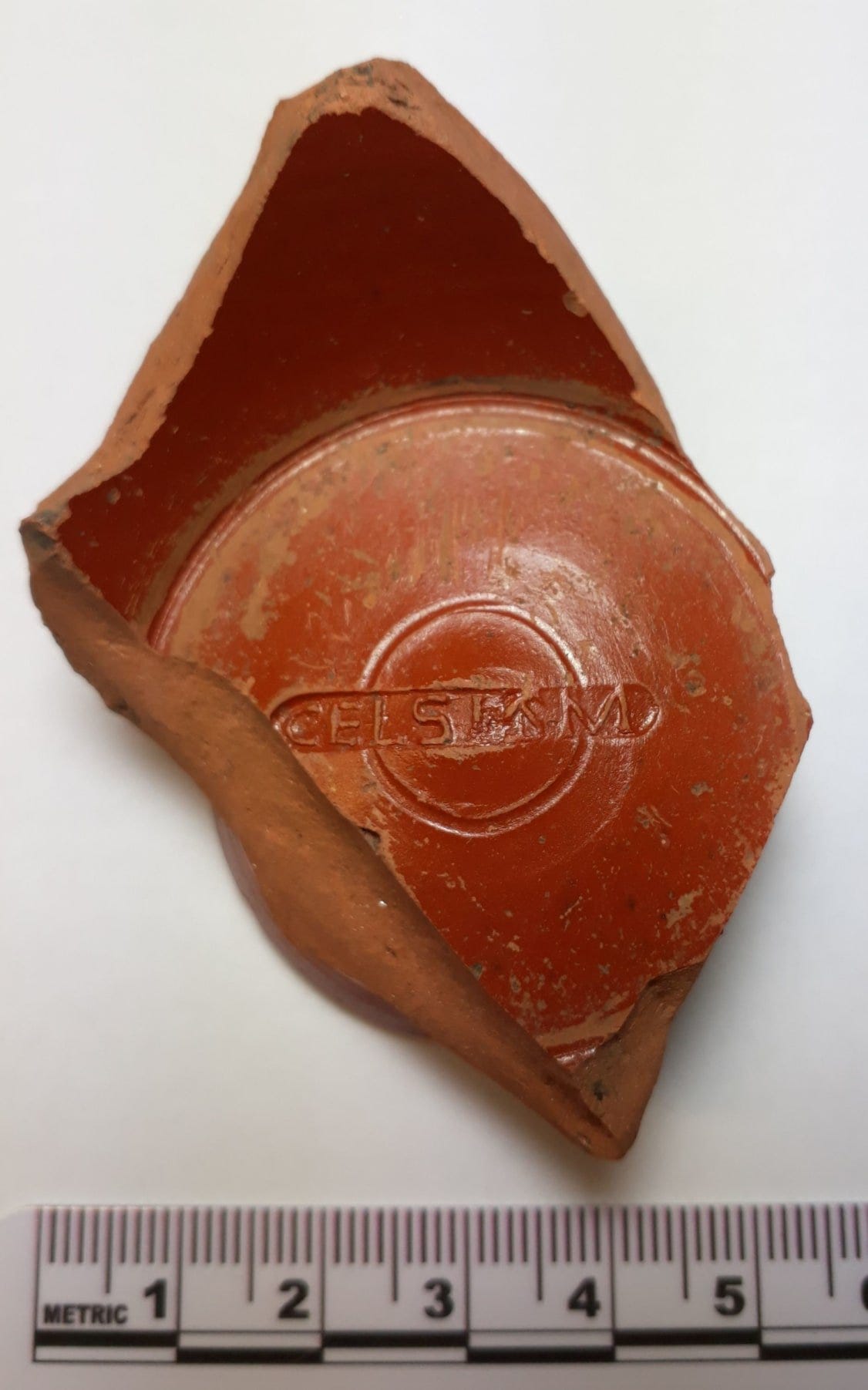
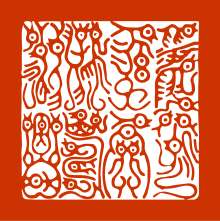
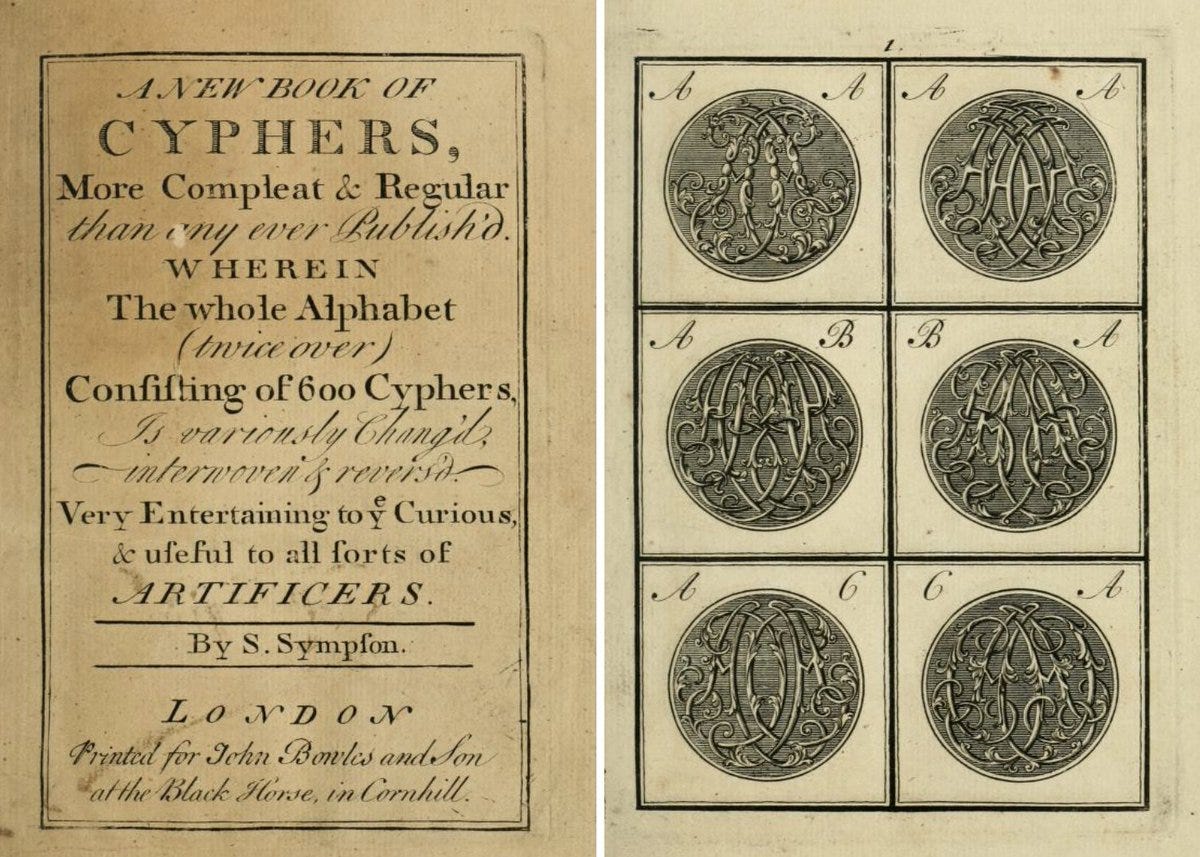
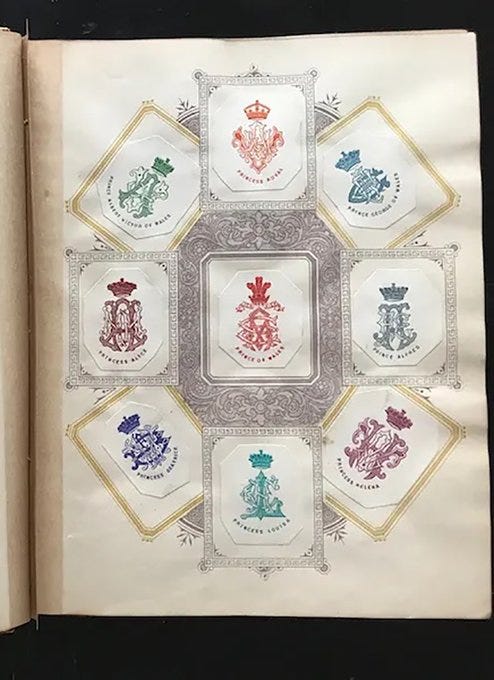

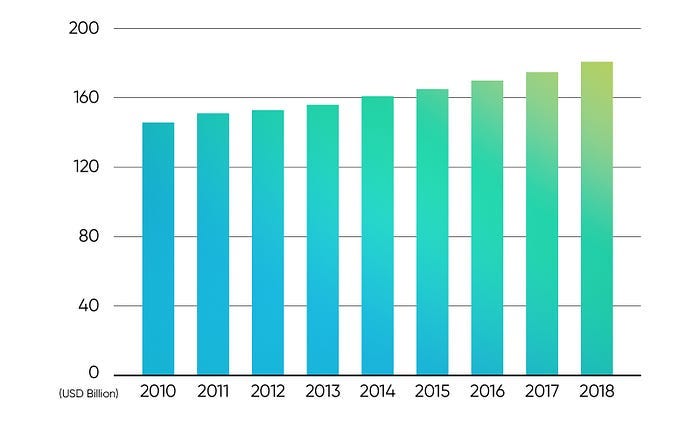


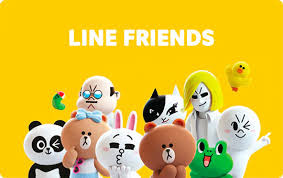

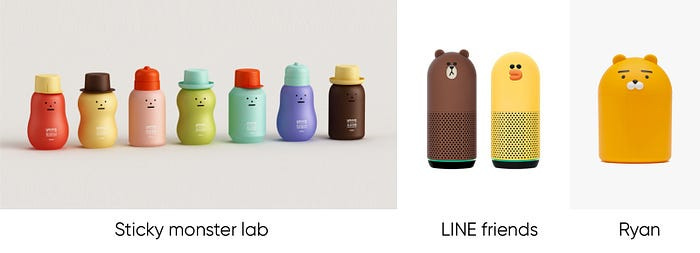
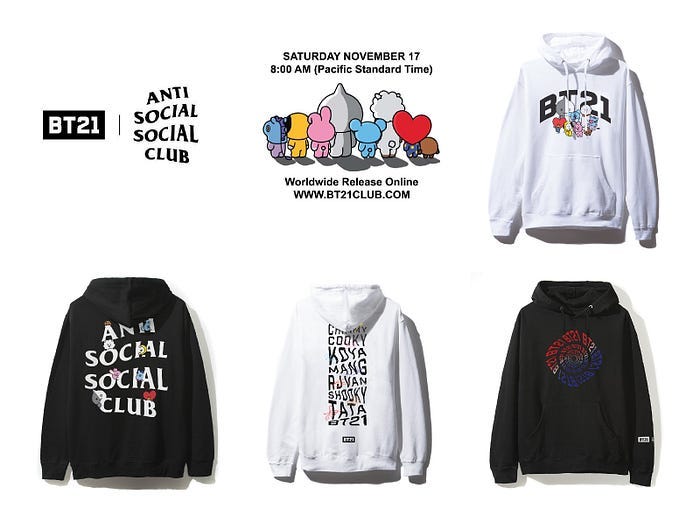
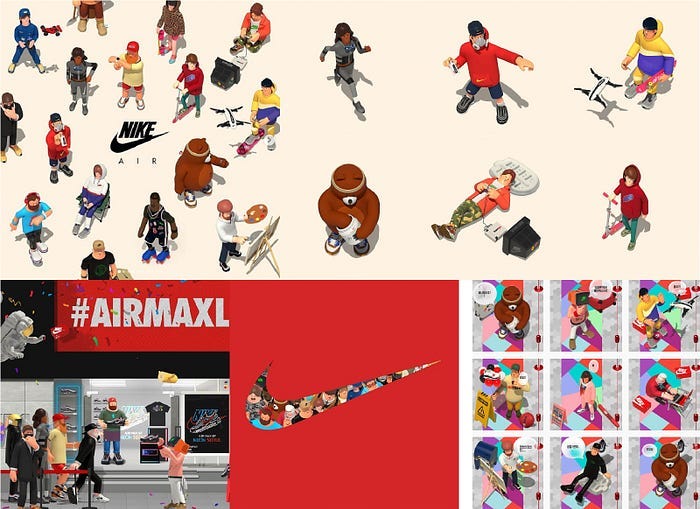
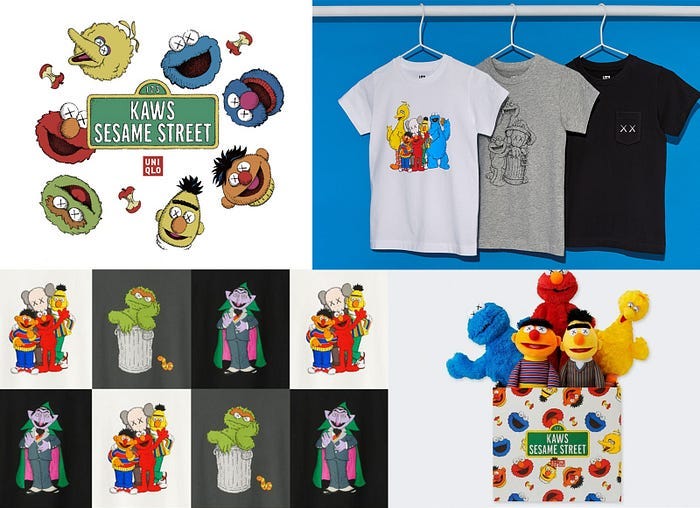
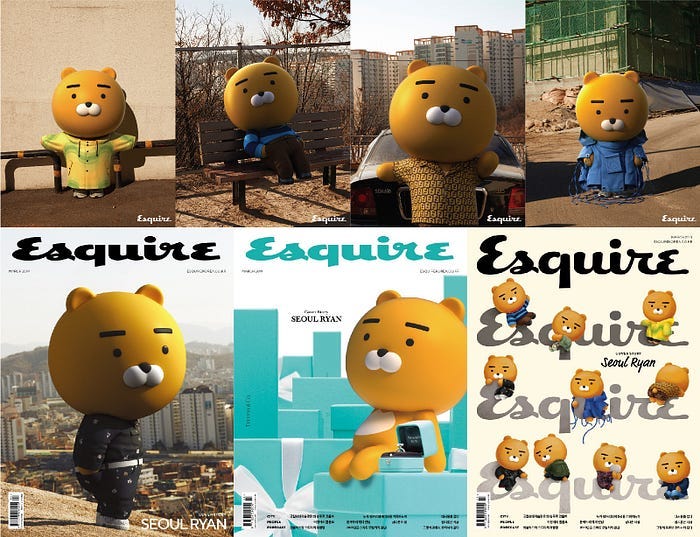
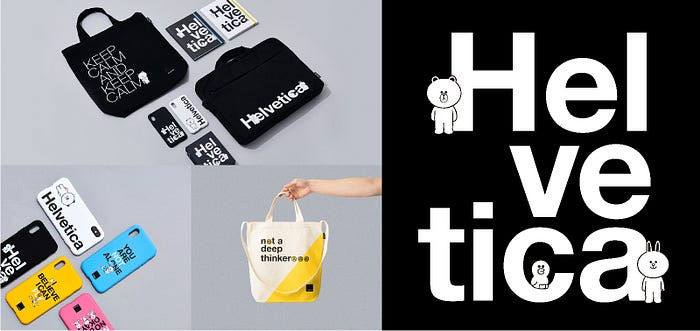
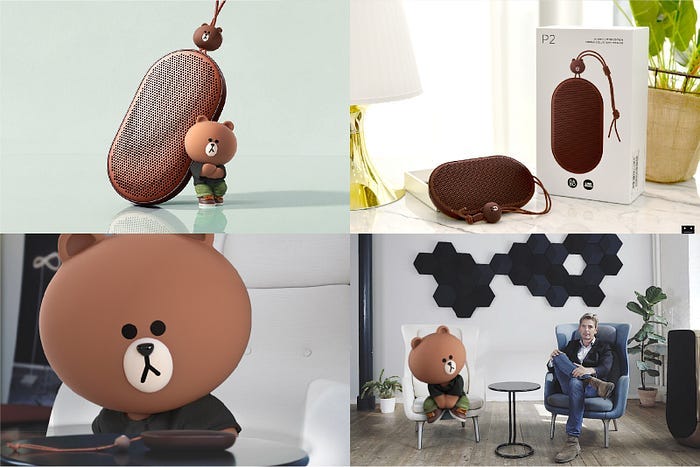
Excellent! Grateful for your thought leadership in AI companions.
Curious to hear the process you and the Spuddie team used to land on the 3D minimalist aesthetic (akin to Kakao friends) instead of say flat 2d (i.e. Pusheen) or pixel art.
Emma, thank you for thoughtfully explaining the importance and history of branding and IP.
I would like to also add that simply having a brand, IP, or character isn't sufficient. It's the memorable stories that resonate with people which lead to good outcomes. Gary Vee famously says it takes 10+ years to build brands. As you mentioned, in today's world, everyone can code, and similarly, everyone can create a brand or character using AI. However, AI has yet to achieve the creativity needed to tell unique stories. It may get there, but hopefully, the authenticity of the human touch will always shine through. I'm curious about your thoughts on how brands will stand out in the future?
As a technologist who transitioned to the fashion and beauty industries five years ago, I quickly realized the huge gap between what scientists and engineers think will sell and what actually will sell. I learned the importance of communication and storytelling and made it my mission to fill these gaps. Gaming has done a great job telling memorable stories with tech, and some in social media have too, but most brands are still missing out on these great mediums that can be used for truly memorable and engaging storytelling.
Looking forward to your insights and future articles!